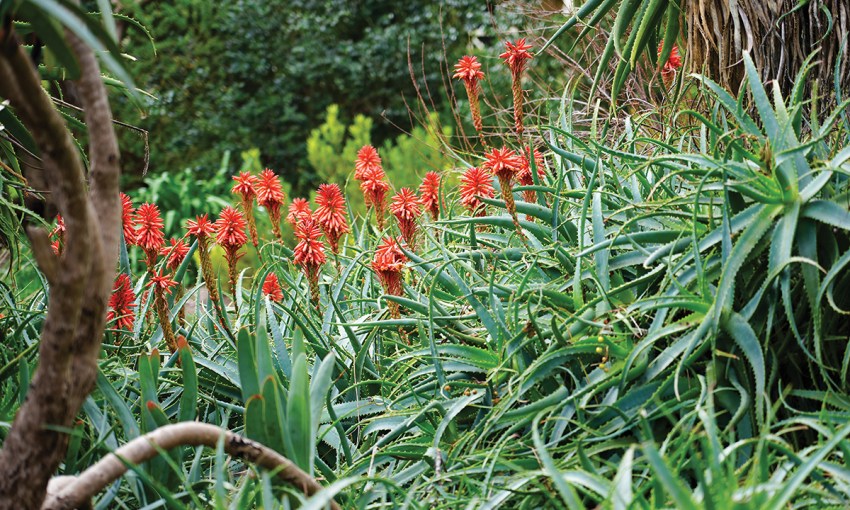Evolving to suit the climates they inhabited, plants from one of our ancient neighbours are just as suited to South Australian conditions, and can now be found in gardens across the state.
South African plants that are perfect for SA
Australia’s much-celebrated multicultural society spans both people and plants alike. Just as waves of migration throughout the decades have expanded and enriched our society, so too have plants originating from all corners of the globe provided a welcome and floral fascination.
Home to 10 per cent of the world’s plant species, South Africa’s desert, semi-arid, savanna and even tropical forests have created an evolution of diverse and adaptable water-smart plants that are now some of the top performers in home gardens across South Australia.
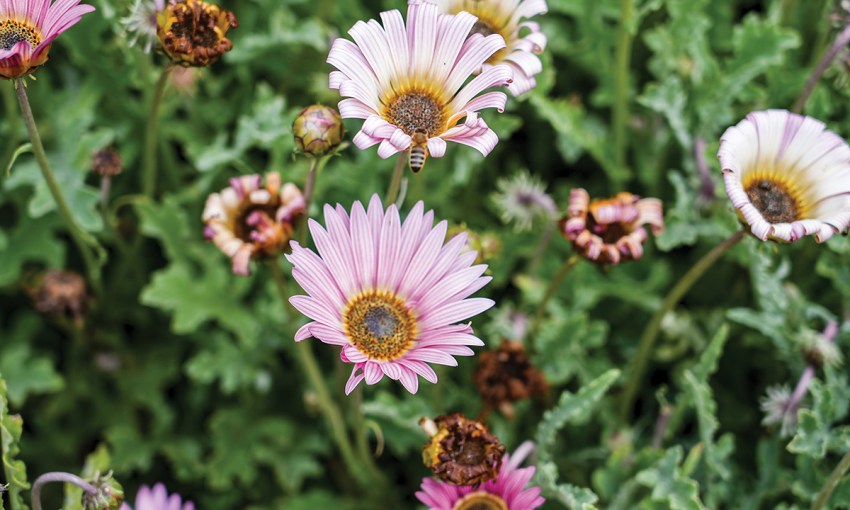
Once a Gondwana neighbour on that supercontinent more than 180 million years ago, many of our Australian native plants have a shared lineage with a number of South African species. Add to that a common climate where, for the majority of the country, South Africa too suffers from droughts and low rainfall, it is little wonder plants from that region do so well in our environment.
Notwithstanding that a selection of introduced species, such as the endemic soursob or invasive gazania, have taken up residence a little too enthusiastically, there are plenty of more well behaved South African ornamental beauties that are an important part of our plant palette.
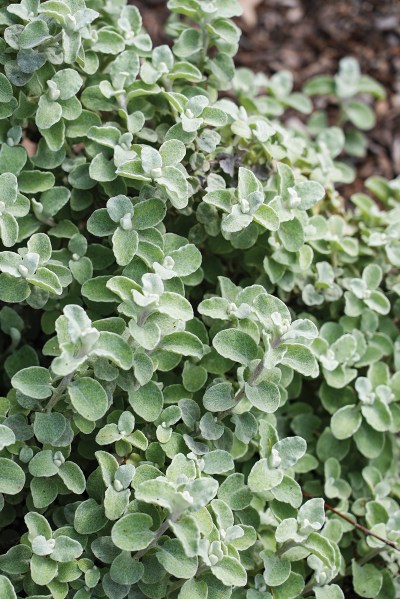
As the country’s floral emblem, King Protea and other protea varieties, are the quintessential South African plant. The instantly recognisable cabbage shaped bloom is made up of modified leaves called bracts that encase a central small floret. Closely related to banksias and grevilleas, thanks to our shared Gondwana heritage, proteas have adapted to life in both garden and floral arrangement equally.
Another member of the Proteaceae family, with stunning foliage and colourful bracts, are leucadendrons. Ranging from small shrubs to large specimens their upright and angular forms create an important architectural presence, especially in a modern garden setting. Best grown in well-drained soil or containers, varieties such as “Safari Sunset” are popular in both the landscape and vase.

How bare our Adelaide and country gardens would be without the South African agapanthus. The ultimate space filler, clumps and clumps of these strappy-leaved plants have bordered beds, edged lawns and been a low maintenance hero for generations of gardeners. The summer showing of their spherical flower heads in shades of blues, purples and white sitting atop long, thin stems is spectacular. The more sun the better to encourage those blooms. When flowering begins to wane, thin out the planting and help someone start a new patch of aggies with the leftovers.
Long before the current interest in succulents, aloes played an important part in filling spaces and providing autumn, winter and early spring colour and life in even the harshest of conditions. The waving fleshy leaves, often with lines of fierce-looking thorns along the margins, add a feeling of interest and movement to the yard. Their nectar-rich tubular or bell-shaped flowers are also a magnet for hungry birds and pollinating insects alike. Perfect in garden or container, aloes are practically indestructible.
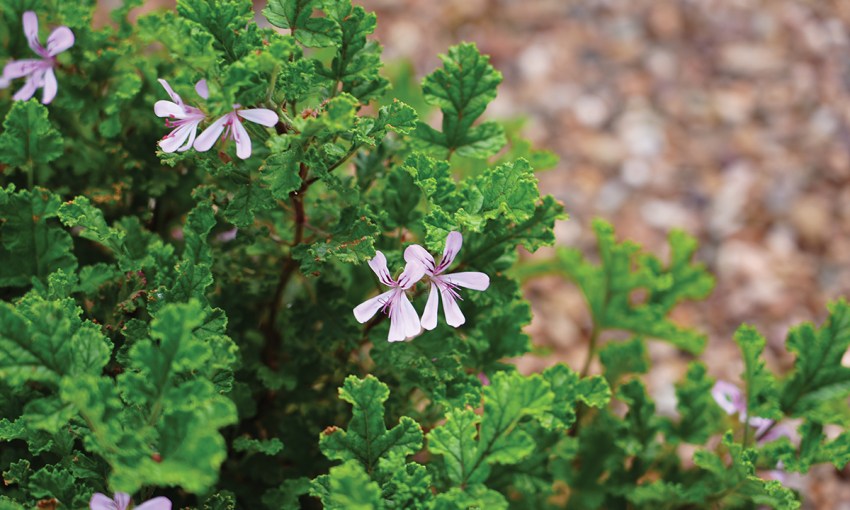
Aloe ferox or Cape aloe, noted for its thick, fleshy leaves and bright orange flower spikes, makes a wonderfully hardy and incredibly spectacular pot specimen or in-ground plant. Keep an eye out for the aloe-aloe range of flowering beauties available in heights from 30 centimetres to two metres tall.
For those seeking stylish winter colour, clivias are hard to beat. Being shade-loving and flowering, these South African beauties tick a lot of boxes. Once seen as humdrum, the now-fashionable clivia is having a renaissance with new colours and forms available. The traditional bright and cheery orange trumpet blooms are now being challenged with cultivars in shades of yellow, cream, apricot, pink and even deep red – with prices to match their uniqueness.
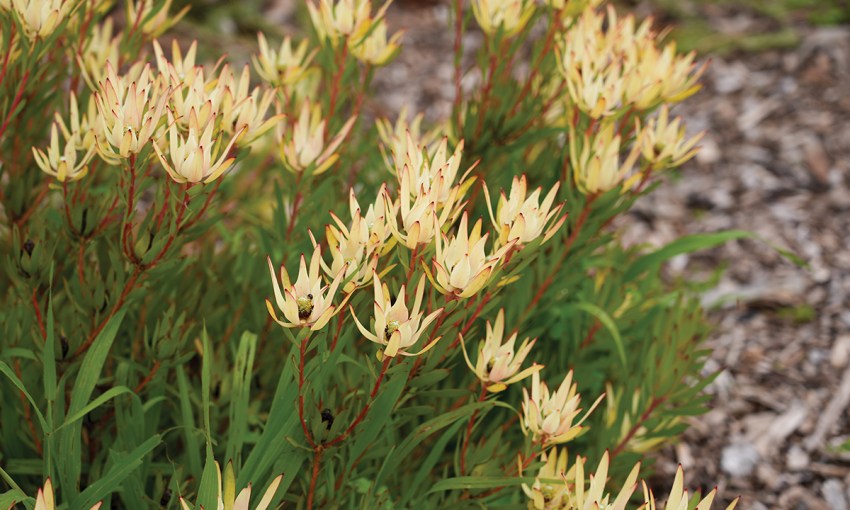
Avoid planting clivias where they receive full or late afternoon sun, as leaves can scorch. While drought-tolerant, clivias will benefit and reward with additional watering and twice-yearly applications of an organic flower fertiliser.
It has been said that no genus of South African plant has contributed more to world horticulture than the genus Gladiolus. Given the importance those original plants played over centuries of hybridisation and the number of modern gladiolus corms sold and planted each year, it is easy to understand. Coming in a kaleidoscope of colours, “gladdies” are happy waving in Dame Edna’s hand or putting on a show in your yard. These summer-flowering bulbs are best planted from June to early September.
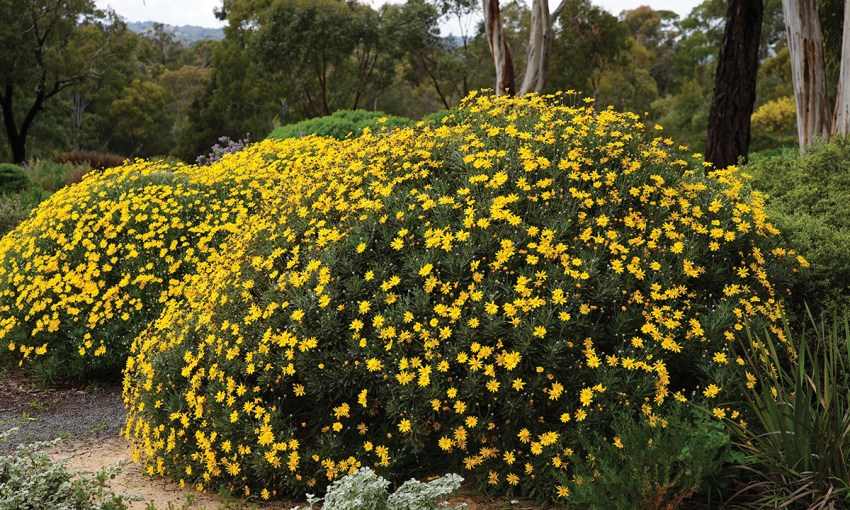
South Africa’s pelargoniums were a wonder to the European plant hunters in the 1600s. Seeds taken and subsequent hybridisation over the centuries have produced the vast array of pelargoniums that fill our gardens, flower boxes, cascade over walls and climb stobie poles. Enjoying a resurgence in popularity in all its forms – from zonal and ivy-leaved to regal and scented-leaf, and many others – pelargoniums are one of the most forgiving blooming plants and have been providing colour and joy to generations of gardeners.
Strelitzia are a common sight in the front yards of many Adelaide suburbs and country gardens. Originating from South Africa’s east coast, strelitzia are tough, easy to grow and produce a steady flush of long stems culminating in colourful blooms of orange and purple-blue that resemble a bird’s head, giving rise to the nickname “bird of paradise” plant. Strelitzia provide a tropical touch to even the hottest of spaces.
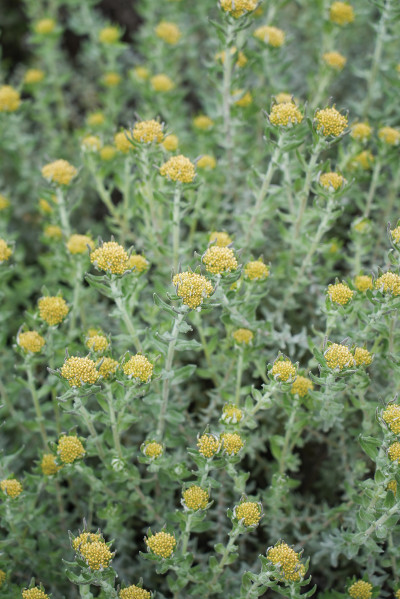
South Africa’s Asteraceae family, noted for its daisy-type blooms, boasts nearly 250 genera and more than 2000 species, of which many are standouts in South Australian yards. Euryops, with its bright and cheery yellow flowers and silver foliage, is a showstopper. Planted as a specimen or en masse, the eye is always drawn to this garden beacon.
Felicia echinata is an evergreen, upright mounded perennial that grows to about 60 centimetres high and produces a halo of mauve daisy flowers each with a sparkling yellow centre, from autumn to spring. The small bright green leaves that crowd each stem finish in a sharp point, giving rise to the name “prickly felicia”.
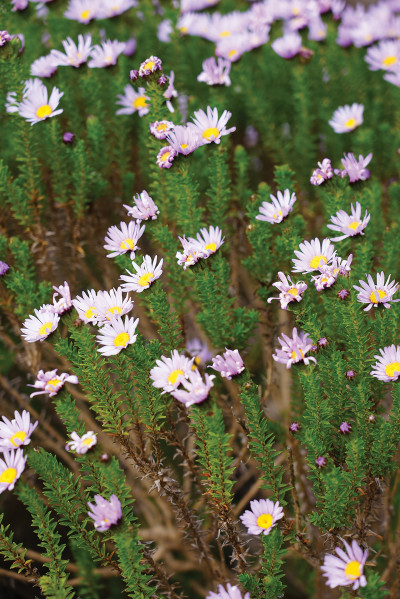
Helichrysum, another Asteraceae, has helped add a silver streak to our yards. One of the most popular is Helichrysum petiolare or the liquorice plant. A low mounding shrub smothered in heart-shaped, silver-grey felty foliage that absolutely loves full sun and heat. Use as a feature or mixed with other perennials, leave alone or prune to shape – it’s wonderfully versatile.
Cape plumbago is a shrub climber that can be used as a mounding hedge or sprawling creeper. Its showy blue flowers and low care make Cape plumbago a perfect way to introduce a blue hue to the yard. Grow in full sun or partial shade and grab the shears to apply a controlling trim now and again.
Wittunga Botanic Garden on Shepherds Hill Road, Blackwood has a wonderful area dedicated to the plants of South Africa. Easy to access, the network of interwoven paths lead visitors on a journey showcasing that country’s rich floral palette.
This article first appeared in the January 2022 issue of SALIFE magazine.



